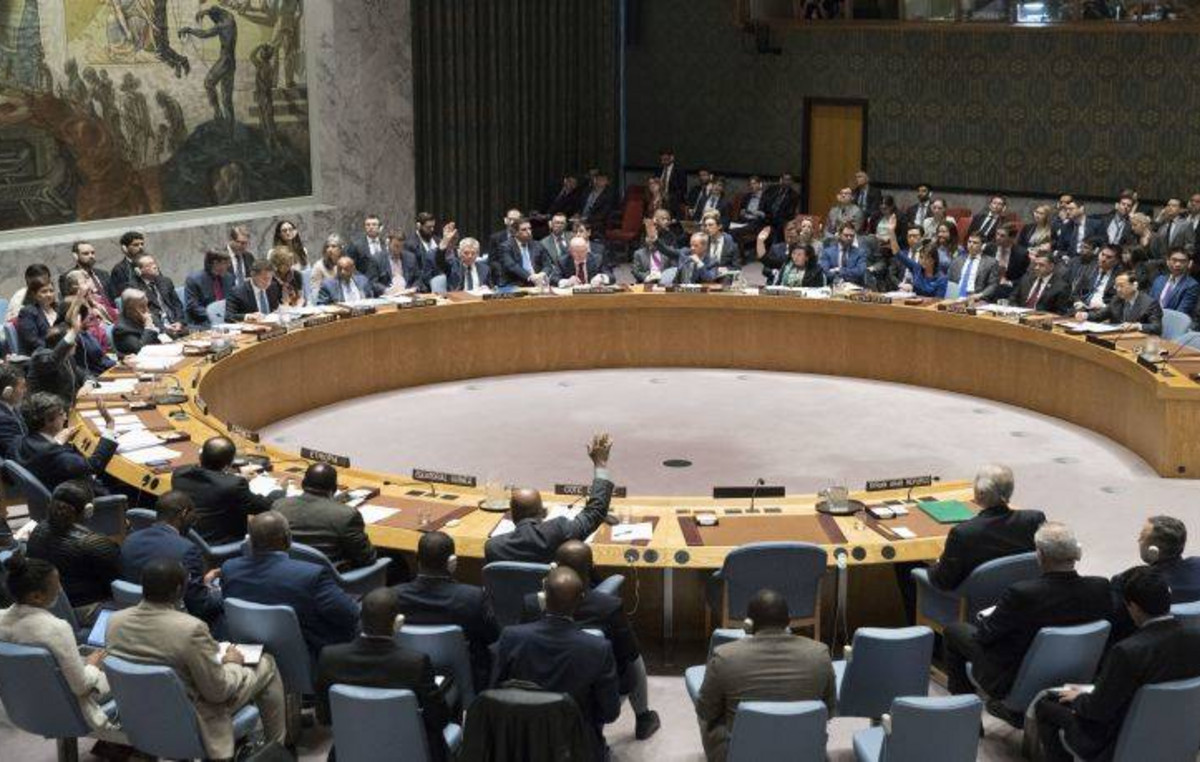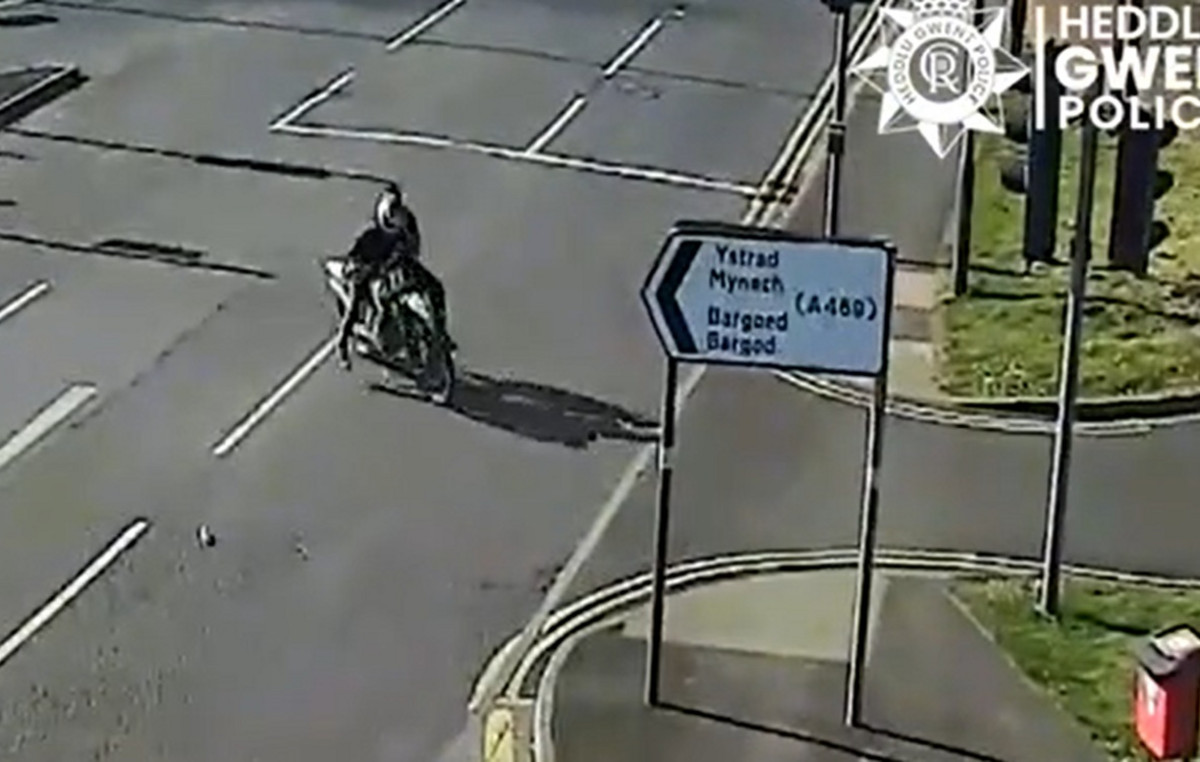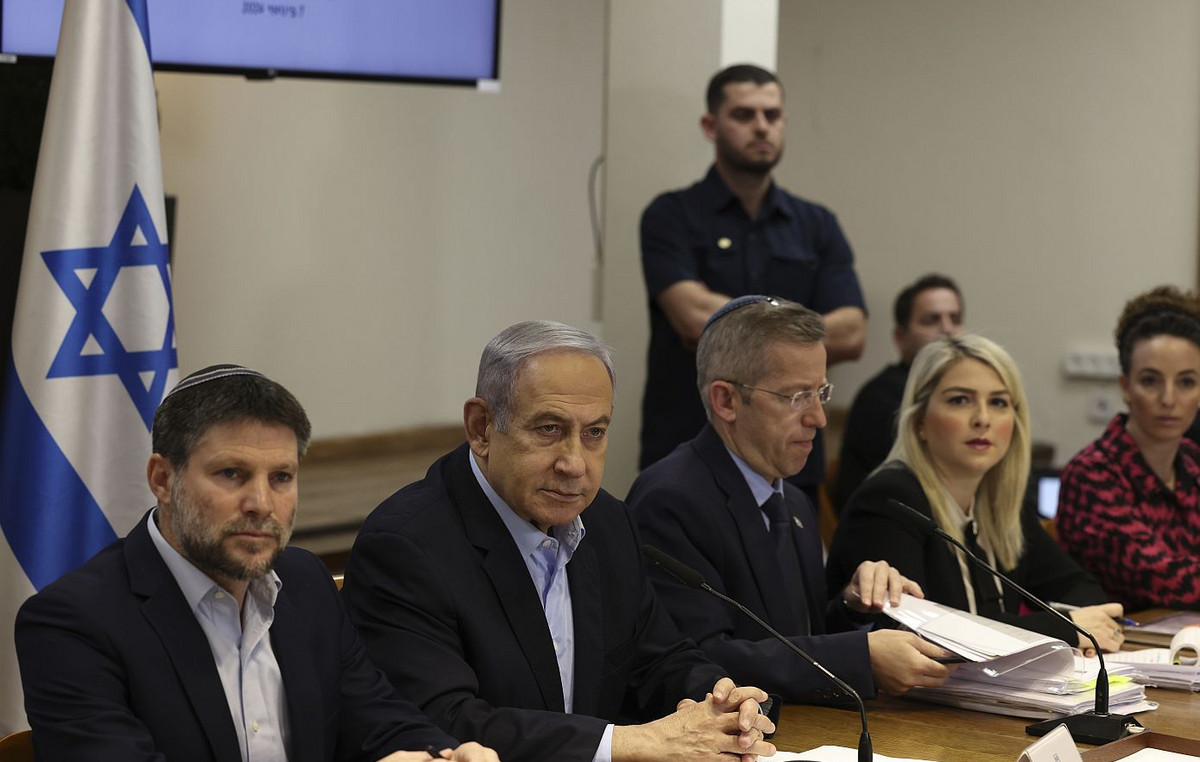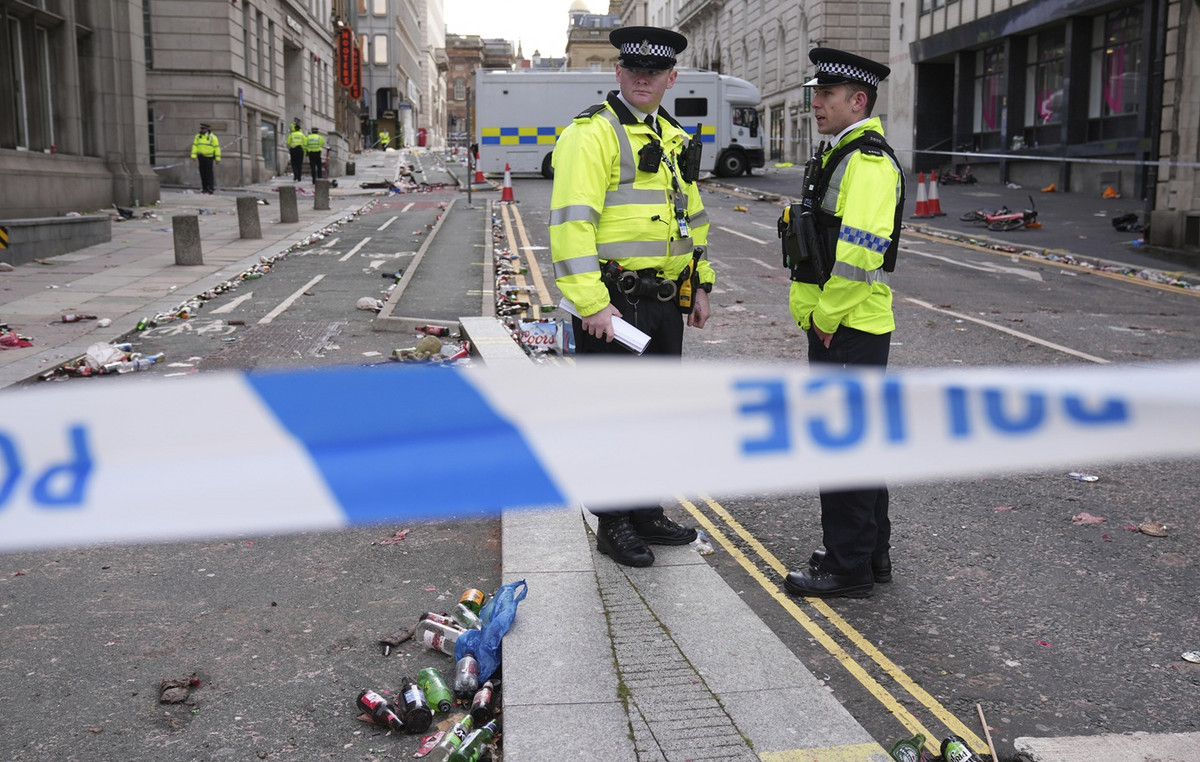After months of beefing up military presence in the Ukraine border region and heightening tensions in Eastern Europe, Russia has increased pressure on its former Soviet neighbor, threatening to destabilize Europe and draw the United States into the conflict. For US President Joe Biden, everything indicates that Vladimir Putin has decided to invade Ukraine.
Russia has been tightening its military grip on Ukraine over the past year, amassing tens of thousands of troops, equipment and artillery at the country’s gates. The aggression prompted warnings from US intelligence officials that a Russian invasion could be imminent.
Moscow has repeatedly denied that it is planning an attack, insisting that it is NATO’s support for Ukraine that poses a growing threat on Russia’s western flank. The Russian president’s recognition of two pro-Russian breakaway regions has raised fears that Moscow may be fueling violence to justify an invasion.
How big are the armies of Russia and Ukraine?
However, if there was a conflict between Russia and Ukraine, what would the direct confrontation of forces look like? The reality is that there is a big difference between the Ukrainian army and the Russian army.
- 2021 MILITARY BUDGET
Ukraine: $4.1 billion
Russia: $45.3 billion
Ukraine: 219,000 soldiers
Russia: 840,000 soldiers
Ukraine: 170
Russia: 1,212
Ukraine: 170
Russia: 997
Ukraine: 1,302
Russia: 3,601
Ukraine: 2,555
Russia: 5,613
What do the numbers represent?
“This is not the same Russian army that was in ruins just after the Cold War,” says National Security Council analyst Jeffrey Edmonds. “It is a very mobile army, very modern and well trained, with a very healthy air force, large ground forces, a lot of artillery control, small ships with a lot of capacity for ground attack missions.”
Edmonds says that since the Cold War, the Russian military has focused heavily on long-range strike systems.
However, with NATO’s positioning in favor of the Ukrainian government, the alliance has made weapons available to the country’s troops. Although NATO does not have a single army that is deployed in cases of invasion of its members, it relies on the sum of the forces of its members, which means a stronger power than the individual armies of each country.
Ukraine is not part of NATO, but is seen by the alliance as an important ally. NATO provides strategic-level advice to the country and has even described the relationship with the Ukrainians as “one of NATO’s most substantial partnerships”.
With tens of thousands of Russian troops deployed in Ukraine’s border region, NATO promptly reacted by seeking to increase its presence in the Eastern European region.
According to the alliance, there are four multinational battalions rotating between Estonia, Latvia, Lithuania and Poland. NATO even said that “they are robust and combat-ready forces”.
The Russians have increased their military presence in Crimea since 2014, with renovated air bases and naval armaments in the Black Sea, including diesel submarines and small corvettes. Each of these platforms has a long-range strike capability, says Edmonds, and that’s one of the real big differences in the Russian military.
Thus, attacks can come either by air from the Russian mainland or from the Black Sea.
The analyst considers that the Ukrainian military is far behind. However, through NATO, the Allies gave the Ukrainians anti-aircraft and anti-tank weapons systems.
Both sides have ground forces and both countries also have Russian-made air forces. However, the artillery of the air force on the Russian side is larger and more modern than that of the Ukrainians. Russia still has an extensive rail network and moves these troops on a regular basis.
Source: CNN Brasil
I’m James Harper, a highly experienced and accomplished news writer for World Stock Market. I have been writing in the Politics section of the website for over five years, providing readers with up-to-date and insightful information about current events in politics. My work is widely read and respected by many industry professionals as well as laymen.





